Peter Dutton’s success depends on Liberal revival at grassroots
The worry of senior Liberals is that the party across half the nation is not fit for purpose.
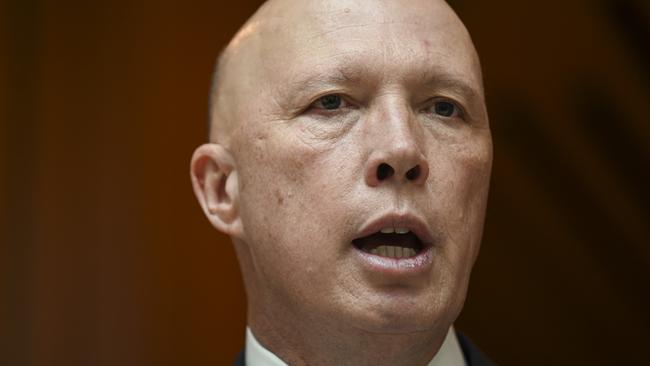
Don’t expect any easy retreat to the comfortable pre-pandemic world. That world won’t be coming back. It’s over. It will be replaced by a more unpredictable, disruptive, risky world. Is the Australian public ready for that world? More to the point, is the Labor government ready?
Yet the worry of senior Liberals is that the Liberal Party organisation across half the nation is not fit for purpose.
The concern is that even if Dutton exploits Labor’s flaws over the coming year the party’s organisational and grassroots weakness means it has only a limited capacity to turn progress into winning parliamentary seats.
Dutton has told the NSW Liberal state executive he will not tolerate any repeat of the factional conflicts that delayed preselections before the federal election last May – but Dutton’s warning is merely the harbinger of structural reforms that must confront the Liberal Party organisation. Unless the party is reformed at state and grassroots level, the Liberals will not return to office.
It is folly to think the Liberals have resolved their existential crisis arising from the 2022 poll. That task, if accomplished, will be a long haul. Dutton must grapple with the loss of primary votes to the teal independent movement on the left and to conservative populist parties on the right.
His solution is to avoid false choices. Dutton doesn’t buy the proposition the Liberals should become more progressive to fight the teals or more conservative to fight the right-wing breakaways. He wants to update John Howard’s philosophy of the broad church. He seeks to revive and bring home the Howard battlers, and the current economic climate may help that aspiration.
Dutton’s aim is to fashion a policy and values agenda that appeals across the board. The Liberals don’t have the luxury of surrendering a bunch of seats anywhere. Such talk is madness.
Despite the effort to wedge him, Dutton had no hesitation in opposing Labor’s energy bill this week – he thinks Labor will be burdened with rising prices, broken promises, supply problems, anti-fossil fuel ideology and the improbable task of getting the transition to renewables without major disruption.
But everything comes back to the fitness of the Liberal Party. The party is in tolerable shape in Queensland and Tasmania. But Western Australia is in protracted crisis. NSW is struggling and it is likely the last remaining Liberal government on the mainland – the NSW government of Dominic Perrottet – will lose office next March. The party’s demise in Victoria is reflected in federal and state election results and defeats.
Addressing the fiasco of delayed preselections in NSW before the federal election, Dutton recently told the incoming state president, western Sydney businesswoman Maria Kovacic, that he wanted preselections done next year to get candidates into the field early. Much depends on the quality of candidates. Dutton has made plain his views – he wants the party with stronger representation from women, from Indigenous Australians and from ethnic communities, notably Chinese and Indian.
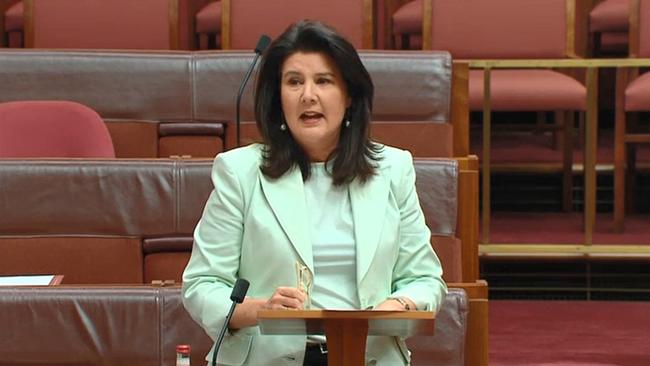
This is the context for the coming release of the party’s review of the 2022 election conducted by former federal director Brian Loughnane and senator Jane Hume. The significance of this report lies in the unprecedented challenge the party faces. Unless the Liberals respond by addressing their processes and culture, the party’s future is in doubt. The message from the review is that the Liberals have been outplayed in the politics and have a structure no longer operationally fit. Those lagging state divisions are unlikely to reform themselves. Factional problems in the states have turned into governing problems.
Degrees of federal pressure and intervention will be needed to ensure preselections are being properly advanced. The organisational wing must be able to support the parliamentary wing – and that is not the situation in several states.
A critical issue will be the ability of state executives to manage effective relations downwards with local branches and upwards with the federal executive and federal leadership. Too many Liberal state executives have failed to keep the party functioning and competitive with serious erosion occurring at local level.
This conclusion in no way denies the political mistakes made during Scott Morrison’s government. But that government has passed into history – what remains, however, after the Morrison government is a Liberal Party with structural and organisational defects.
This means Dutton as leader, John Olsen as federal president and Andrew Hirst as federal director face the immense task of reviving an ailing party with a membership that is old, factional, conservative populist and too divorced from the professional dynamic of Australian life. The country has changed around the party.
The urgency of the party’s plight can hardly be exaggerated – by next March the Liberals face the prospect of being out of office in the eight governments that dominate the Australian mainland – the national government, the five state governments and the two territory governments.
But the situation is actually worse. Anthony Albanese sent a devastating message this week about power in Australia. Passage of the government’s gas pricing bill, following its multi-employer bargaining industrial relations bill, shows a progressive majority in both houses of federal parliament opening the way for Labor to fundamentally reshape the nation’s direction on energy, climate change, tax, the economy, workplace relations and governance values.
Dutton’s game plan has a dual intent: to target Labor’s weakness on prices, energy and tax but, as next year unfolds, to put more inspiration and steel into the Liberal brand, to give people something to fight for – and his choices on that front will define his leadership. He knows the party must resurrect its brand based on core values.
Transactional leadership doesn’t work from the opposition benches. The 2022 election is a turning point in many ways. One obvious lesson is the power of the local. The success of the Greens and the teals demonstrated the centrality of personal contact and local campaigning, but the Liberals were outgunned in 2022 in terms of local campaigning and financing.
The Liberals should learn from Labor ruthlessness. Liberal state executives that cannot defend traditional Liberal seats cannot be allowed to conduct business as usual. The point is that action by an assertive federal executive working with state divisions must be wider and relate not just to preselection fiascos as witnessed in NSW.
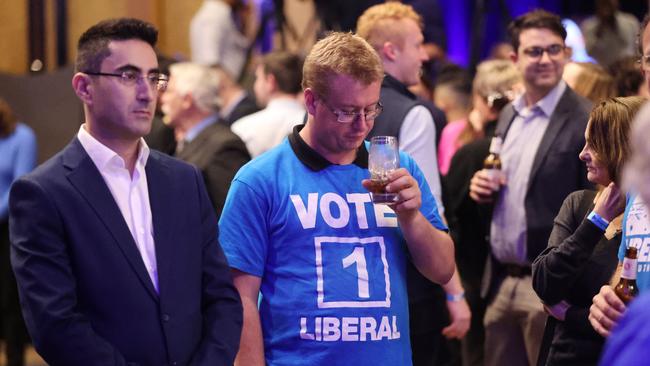
The task is to ensure the party is rebuilt from the ground up. This is most urgent in WA since Albanese won a majority only because of Labor’s success in the West.
Analysing the 2022 defeat, the review says the Liberals lost control of the politics. Consumed by the pandemic, the Morrison government was defined by its Labor and progressive opponents. It was vulnerable with an unpopular prime minister, depicted as anti-women and susceptible on issues from climate action to integrity.
A feature of the election was the unity of the anti-government progressive coalition, Labor Greens, teals and other activists in their successful hostile branding of the Morrison government.
Critical to the 2022 result is that the Liberals were under attack on two fronts – from the teals in blue-ribbon Liberal seats and from the breakaway parties of the right in the regions and outer-suburban areas. Pauline Hanson’s One Nation polled 4.96 per cent of the national vote and Clive Palmer’s party polled 4.12 per cent.
Breakaway parties to the right polled more than 10 per cent of the primary vote in more than 70 seats and more than 15 per cent of the primary vote in more than 25 seats, and half of these defections came from the Liberal Party primary vote. Yet the preference flows back to the Liberals ran at only 65 per cent – pathetic compared with Green preference flows to Labor running in the high 80s in some seats.
Defections to the right have been a problem throughout the Abbott-Turnbull-Morrison era. One of Dutton’s jobs – where he may be successful – is limiting or clawing back defections to the right.
On the other side, the teals have delivered shock therapy to the Liberal Party. They ran sophisticated campaigns, based on hi-tech methods and strong grassroots movements with hefty financial support, and exposed flaws in the Liberal organisation.
The recent Australian National University-Griffith University 2022 Election Study found drastic changes in Australia’s political culture that pose a test for both the Labor and Liberal parties. Party partisanship has slumped dramatically, the result being to assist well-organised independents. Only 37 per cent of voters report they now always vote for the same party. Significantly, only 31 per cent said they followed a “how to vote” card handed out by the parties at the polling booth, a remarkable finding.
The teal campaigns tapped into the weaknesses of the Morrison government but some of those weaknesses will be gone by the next election – Morrison is no longer leader, the integrity issue will fade given creation of the new anti-corruption commission and the climate issue is changing – it is more about the method and costs of the transition. Yet the Liberals are left with their structural defects – their loss of support with voters under 40 and women.
The ANU-Griffith survey revealed the rise of tactical voting was critical in the teal victories. It showed that 31 per cent of teal voters had voted Labor at the 2019 poll and a further 24 per cent had voted Greens. Most of the teal vote was a left-wing vote. What made the difference was the 18 per cent who said they had voted for the Liberals in 2019.
But only one in five teal voters was a disaffected Liberal. The real story is anti-Liberal voters deciding their preferred candidate had no hope and then deciding to support the teals as the most viable means of defeating the sitting Liberal. This shows an acute tactical understanding of the Australian system of preferential voting.
The further lesson for the Liberals from the 2022 election is that political victory goes to the major party best able to build a coalition based on preferences. While Labor’s 32.6 per cent primary vote was alarmingly low, its preference flow from the Greens was high (unless the Greens were direct competitors to win the seat). Parties of the left preferenced each other tightly to defeat the Coalition.
The same story is not repeated among parties of the right. While the Coalition had a primary vote of 35.7 per cent – a significant fall – it lacked the ability to mobilise the preference flow from right-wing breakaway parties that Labor was able to muster from the left. Yet if the primary votes for the main parties remain low, then preference strategies become only more important – another challenge for the Liberals.


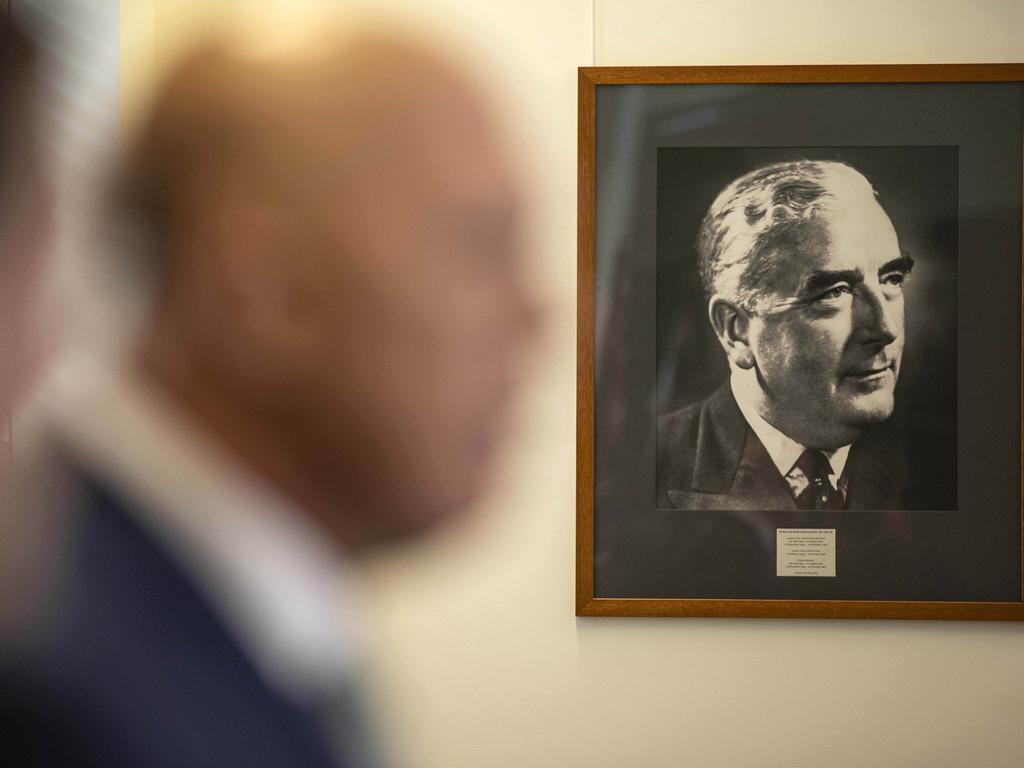
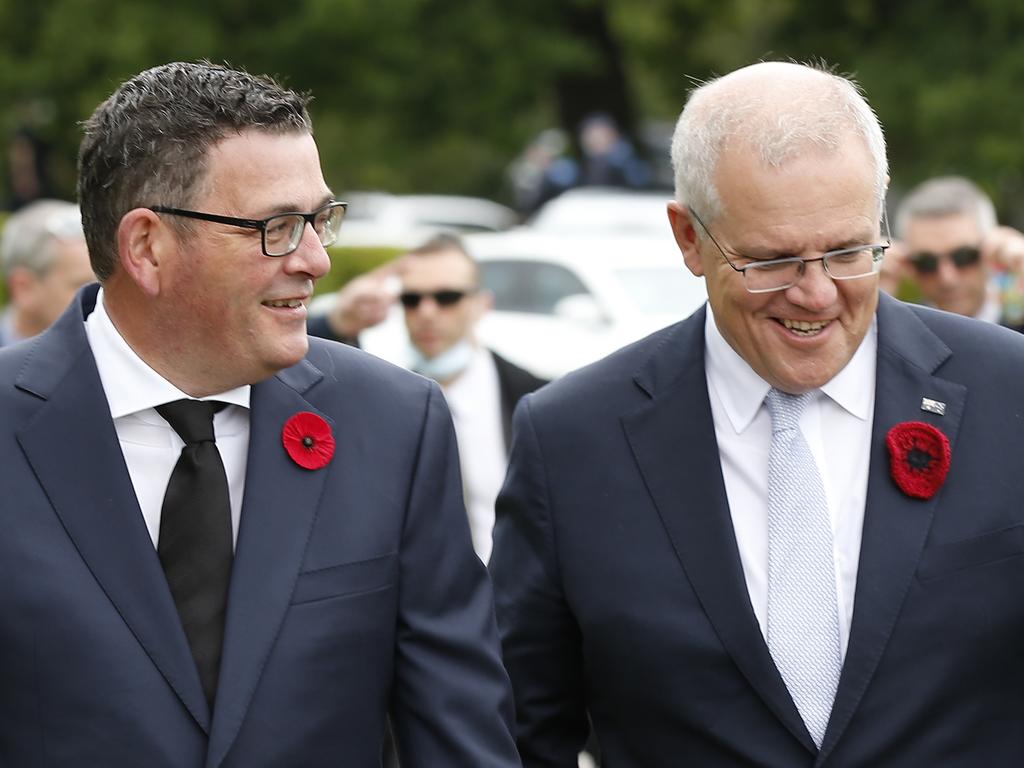


Federal Liberal leader Peter Dutton finishes the year leading a depleted yet united parliamentary party that has dodged any descent into deeper self-harm following its 2022 election defeat. The Liberals have shown the discipline to avoid making themselves the issue – unlike the ill-discipline during the Morrison government. Dutton runs a tactical, targeted agenda focused on Albanese government vulnerabilities – rising interest rates into 2023, ongoing cost-of-living pressures, still rising power prices (despite Labor’s price caps) plus the prospect, as warned by Reserve Bank governor Philip Lowe, that the long-run trend is for more bumpy and variable inflation and more volatile energy prices during the long transition to renewables-based supply.